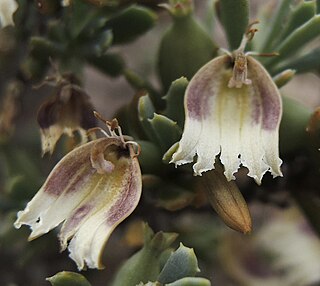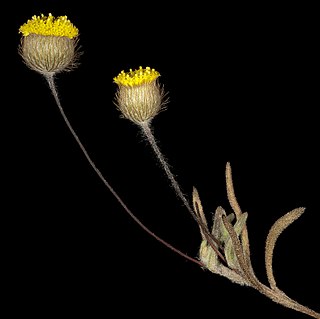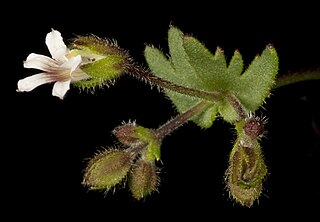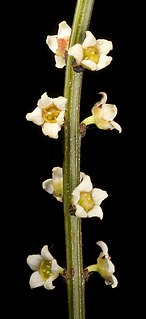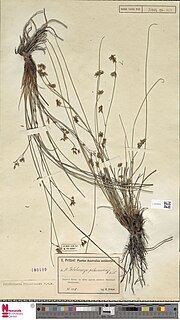| Pembertonia latisquamea | |
|---|---|
 | |
| Scientific classification | |
| Kingdom: | Plantae |
| Clade: | Tracheophytes |
| Clade: | Angiosperms |
| Clade: | Eudicots |
| Clade: | Asterids |
| Order: | Asterales |
| Family: | Asteraceae |
| Genus: | Pembertonia |
| Species: | P. latisquamea |
| Binomial name | |
| Pembertonia latisquamea | |
| Synonyms [3] | |
Brachyscome latisquameaF.Muell. | |
Pembertonia latisquamea is a species of daisy (Asteraceae), [1] native to Western Australia. [3] It was first described by Ferdinand von Mueller in 1878 as Brachyscome latisquamea [1] [4] and transferred to the genus, Pembertonia in 2004 by Philip Short. [1] [2]
It is a climber or a shrub growing to 1.45 metres high, on white sand, red sand, silty clay and limestone, and flowers from September to October or July. [5]


